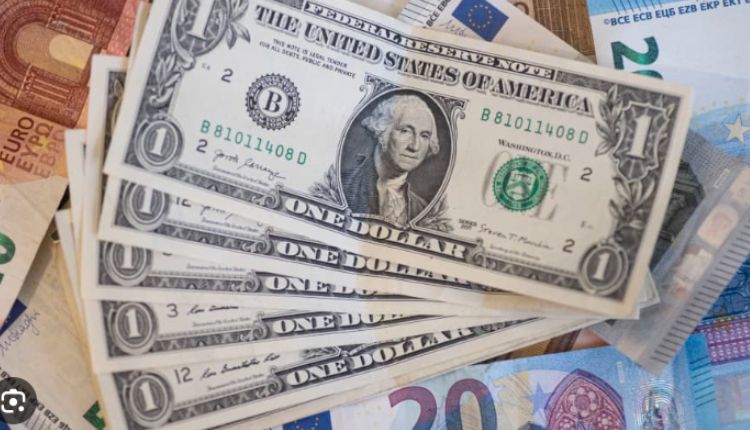Introduction:
The USD Index, also known as the U.S. Dollar Index or DXY, is a crucial financial instrument used to gauge the strength and performance of the United States dollar against a basket of major global currencies. As one of the most widely followed indices in the financial world, the USD Index plays a pivotal role in shaping international trade, financial markets, and monetary policies. In this comprehensive article, we will delve into the origins of the USD Index, its calculation methodology, its significance in the global economy, and its potential implications for investors, businesses, and policymakers.
I. The Birth Of The USD Index:
The origins of the USD Index can be traced back to the early 1970s, a period characterized by significant shifts in the global economic landscape. The Nixon Shock, which occurred in 1971, led to the abandonment of the gold standard and ushered in an era of floating exchange rates. In response to these changes, major economies sought a reliable metric to assess the relative strength of their currencies. This culminated in the creation of the USD Index in March 1973, with its base year set at 1971.
II. Calculating The USD Index:
The USD Index is calculated by taking a weighted geometric mean of the exchange rates between the U.S. dollar and a select group of six major currencies: the euro (EUR), Japanese yen (JPY), British pound sterling (GBP), Canadian dollar (CAD), Swedish krona (SEK), and Swiss franc (CHF). Each currency’s weight in the basket is determined based on its importance in U.S. trade. The formula ensures that trading partners with a higher volume of trade have a more substantial impact on the index’s value.
III. Significance In The Global Economy:
- Trade and Commerce: As the world’s primary reserve currency, the U.S. dollar’s strength and stability have a profound impact on international trade and commerce. A rising USD Index indicates a stronger dollar, making imports cheaper for U.S. consumers but potentially hurting U.S. exporters by making their goods more expensive for foreign buyers.
- Financial Markets: The USD Index influences various asset classes, including commodities, stocks, and bonds. When the dollar strengthens, commodities priced in dollars tend to become costlier for foreign buyers, affecting global supply and demand dynamics. Additionally, a strong dollar can attract foreign investors seeking safety and higher returns in U.S. financial markets.
- Monetary Policy: Central banks worldwide closely monitor the USD Index as a factor in formulating their own monetary policies. A soaring dollar can lead other countries to weaken their currencies to maintain their export competitiveness, potentially leading to currency wars and increased market volatility.
IV. Implications For Investors, Businesses, And Policymakers:
- Investors: The USD Index can be a valuable tool for investors seeking to diversify their portfolios and hedge against currency risk. A strong dollar can impact international investments, while a weak dollar may boost returns from foreign assets.
- Businesses: Multinational corporations face significant currency risk due to exchange rate fluctuations. Understanding the USD Index helps businesses make informed decisions about pricing, sourcing, and managing their currency exposure.
- Policymakers: Governments and central banks use the USD Index as a barometer for evaluating the effectiveness of their monetary and fiscal policies. A soaring index may prompt interventions to stabilize the local currency or stimulate exports.
Conclusion:
The USD Index stands as a crucial benchmark in the global economic landscape, offering insights into the relative strength of the U.S. dollar against major currencies. Its influence on trade, financial markets, and monetary policies underscores its significance in shaping the trajectory of the global economy. As we navigate the complex web of international finance, understanding the dynamics of the USD Index becomes imperative for investors, businesses, and policymakers alike, as it enables informed decision-making and risk management in an interconnected world.
FAQs:
- What factors can influence the value of the USD Index?
Various factors impact the value of the USD Index, including interest rates set by the U.S. Federal Reserve, economic indicators, geopolitical events, trade balances, and market sentiment. For example, a robust U.S. economy, higher interest rates, or positive economic data can boost the dollar and strengthen the index.
- Can the USD Index predict financial crises?
While the USD Index is a valuable indicator, it is not a crystal ball for predicting financial crises. It serves as a snapshot of the dollar’s relative strength, but it cannot account for all the complex factors that contribute to systemic risks in the global financial system. Monitoring multiple indicators and maintaining a comprehensive understanding of the macroeconomic landscape is necessary to identify potential risks and vulnerabilities.

